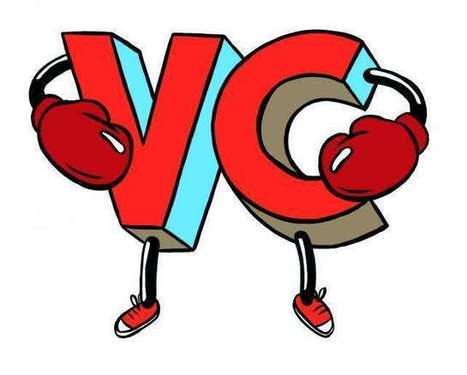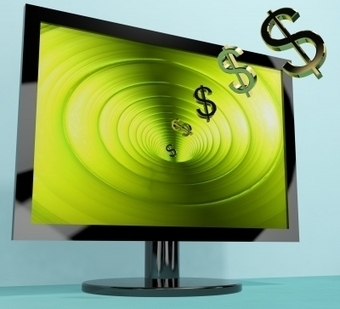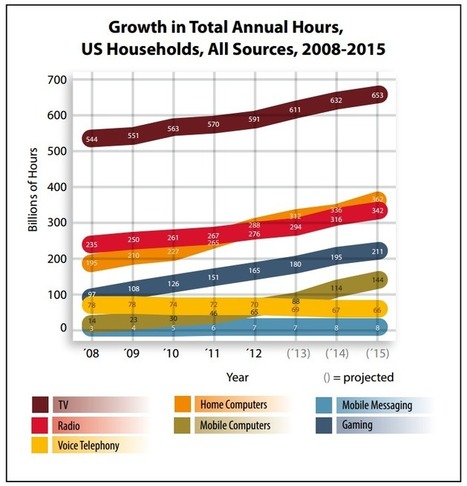About a year ago, NBC News established an account on Flipboard—the increasingly popular magazine-formatted, social mobile app—and has since grown its presence to a whopping 1.3 million monthly active readers.
Starting today, the news org will be running its first third-party ads, purchased by old friend, General Electric; and NBC News says it is currently talking to other brands about buying in. "We have a lot of readers consuming our content on that platform," Peter Naylor, evp of digital sales for NBCUniversal, told Adweek. "When we looked at our monthly Flipboard users, we realized we had a pretty big opportunity. This is something we are going to study and see how readers go through it."
Flipboard lets users aggregate Web and social media content, presenting the items in a magazine-like display on smartphones and tablets. With a swipe of a finger, users literally flip through content from the likes of NBC News and countless other publishing entities. Through September, GE will be running full-page interstitial ads within NBC News' Flipboard pages, which includes 25 new articles a day from NBCNews.com, Today.com and CNBC.com.
When viewers click through GE's ads, they are driven to the multinational conglomerate's so-called magazine on the app—specifically to a section dedicated to innovation. These ads will effectively highlight the newest content from the GE magazine, using feeds from the brand's blogs, such as Txchnologist....



 Your new post is loading...
Your new post is loading...














New-media startups face the same business goal (eyeballs!) as legacy publishers. so why, asks Simon Dumenco, are venture capitalists so smitten with digital?